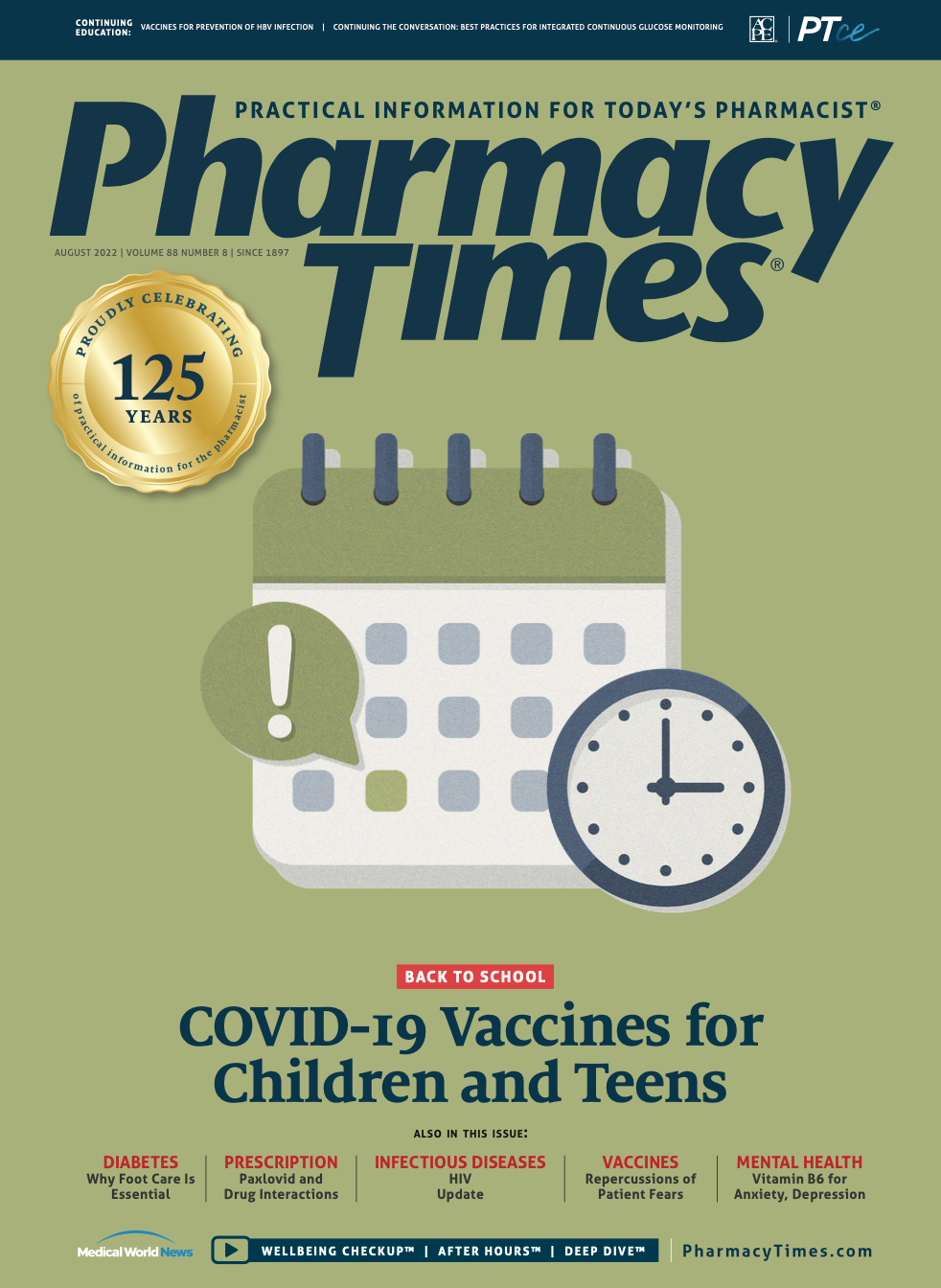Publication
Article
Pharmacy Times
Cultural Competence Sets Pharmacy Professionals Apart
Training and knowledge about appropriate communication with individuals of diverse backgrounds improves adherence, outcomes.
Health care professionals, including in pharmacy, often interact with patients in precarious situations and must broach uncomfortable topics. As such, all pharmacy personnel must be trained and knowledgeable about appropriate communication with individuals from diverse cultural backgrounds. Cultural competency can be referred to within the context of health care as the ability to provide culturally and linguistically appropriate services.1 Cultural competency must not only be demonstrated by employees but must be ingrained in workplace culture and policies. To best serve patients, pharmacy staff must be cognizant of the influence that cultural beliefs might have on patients’ actions, attitudes, and health beliefs. Doing so creates empathy for those who behave unexpectedly regarding self-care or who do not respond to recommendations. Pharmacy staff members also must learn to appreciate different worldviews and be able to reach patients effectively when addressing optimal health behaviors, such as medication adherence.
This does not require that pharmacy staff members memorize every facet of culture relating to every single demographic component of patients. Rather, it requires staff to have a general knowledge of the patient population served and their choices related to behavior, food, household decision-making, manner of address or communication, and use of nontraditional therapies that come to bear on delivering optimal care. Delivering optimal care in this case also helps improve patient rapport and even engenders customer loyalty.
Because there are many cultures present in the United States, cultural competency training focuses on appreciation of differences, benevolence, compassion, empathy, and mutual respect. Effective communication is key in assessing and interpreting patient information. If performed ineffectively, miscommunication can lead to poorer patient outcomes.
A 2020 systematic review of 12 articles from 7 countries examined the salience of several domains in providing culturally competent care, including leadership and management styles that affect organizational culture.1 The analysis showed that individual practitioners must commit to cultural competency, but it begins at the top with leadership and management.
“If an organization employs a well-designed and implemented competency model, it can achieve the best outcomes and improve...performance and ultimately business consequences,” according to the results of a study published in BMC Public Health.2
Pharmacy staff members must adapt and collaborate with patients. This connection could start simply by knowing what a culture deems appropriate in the medical setting and learning a few key phrases in a patient’s language. A specific example of how being more culturally competent can lead to positive results is seen in a study documenting how attendance rates for mammography screenings increased among ethnic minority women who were given culturally tailored educational intervention.3
Connecting with patients on a personal level leads to more honest and open conversations, better adherence, and improved overall health outcomes. All employees, especially those on the front lines of customer interaction, must be trained to manage interactions accordingly. As the pharmacy profession rapidly grows in relevance and size, the standard of care must constantly improve to manage the growing diverse cultures seeking competent care. Cultural competency serves pharmacy staff members well when interacting with others in the health care setting but can also be leveraged to become a life skill when dealing with those outside the workplace.
There are many materials, programs, and training mechanisms that are useful in gaining greater cultural competence, many of them free. Technicians and other pharmacy professionals can up their game by availing themselves of these resources.
About The Authors
Vivian Chi is a PharmD candidate at Touro University California College of Pharmacy in Vallejo.
Shane P. Desselle, PhD, RPh, FAPhA, is a professor in the department of social, behavioral, and administrative sciences at Touro University California College of Pharmacy in Vallejo.
References
1, Cultural competence in health and human services. CDC. September 10, 2021. Accessed June 15, 2022. https://npin.cdc.gov/pages/cultural-competence
2. Fattahi H, Abolghasem Gorji H, Bayat M. Core competencies for health headquarters: a systematic review and meta-synthesis. BMC Public Health. 2020;20(1):891. doi:10.1186/s12889-020-08884-2
3. Brevik TB, Laake P, Bjørkly S. Effect of culturally tailored education on attendance at mammography and the Papanicolaou test. Health Serv Res. 2020;55(3):457-468. doi:10.1111/1475-6773.13271






